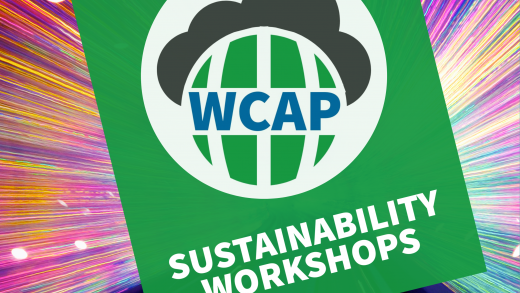Did you know that the fashion industry is responsible for approximately 10% of the world’s carbon emissions? That’s more than all international flights and maritime freight combined.
Year on year, the fashion industry has developed faster and more efficient production cycles, driving down production costs. The rapidly falling prices have resulted in consumers treating garments as disposables. Today the average consumer buys 60% more clothing than 15 years ago. Globally, we create 92 million tons of textile waste each year, which is equivalent to 12 kilograms per person. Less than 25% of clothes are re-used second hand and less than 1% of material is recycled. The vast majority of end-of-life clothes end up in landfills or incineration plants. The lack of recycling and under-use of clothes result in more than USD 500 billion of value lost every year, as well as releasing substantial carbon emissions.
So what can I do as a consumer, to reduce my carbon footprint from clothing?
1. Use, cherish and repair the clothes you already own
The average garment is used only ten times before it’s thrown away, which drives the demand for new clothes. As almost 80% of the carbon footprint is generated in the manufacturing of new clothing, the most effective carbon reduction you can achieve is to use existing clothes longer, instead of buying new ones. Caring for and repairing the clothes you own is therefore attractive both from an economic and an environmental perspective. For those who are not good at mending clothes themselves, or who don’t have a tailor in their local area, there are many online tailors specialising in repairs.
2. Adopt circular shopping habits
When you are in need of a new item of clothing, think about whether you really have to buy a newly produced item. Could the garment be sourced second hand instead? Apparel is a popular category on sites like eBay, ThreadUp, Swap.com, Sellpy and Facebook Marketplace. It can be surprising how good the quality and supply of second hand clothes are. Another way to take climate action is to organise a Clothes swap. Also consider whether you really need to own the garment. Today, there are several start-up companies that offer clothes for rent instead.
3. Choose climate friendly materials
If you really need to buy a new garment, then remember that the choice of material has a large climate impact. Cotton and Polyester are the most common materials in the fashion industry. Cotton is unfortunately extremely resource-intensive to grow and process. Polyester is not much better, as it’s made from petroleum and causes major problems in the form of microplastics.
A more climate friendly alternative is Bamboo, which is the world’s fastest growing plant. A bamboo plantation annually produces ten times more textile per hectare than cotton does. Bamboo is not harvested at the root but pruned, which helps keep the soil stable and sequesters carbon dioxide. Bamboo does not require fertilizers, pesticides or irrigation, which further boosts its environmental benefits.
There are also other climate friendly materials on the rise, such as locally grown hemp and lyocell (made from trees). For performance clothes, traditionally made using virgin polyester and nylon, there are now garments made from recycled ocean plastics available.
Finally, it’s also important to choose quality over quantity. It’s not how much money you spend, but the amount of clothes you buy and how quickly they wear out that creates the carbon footprint.



